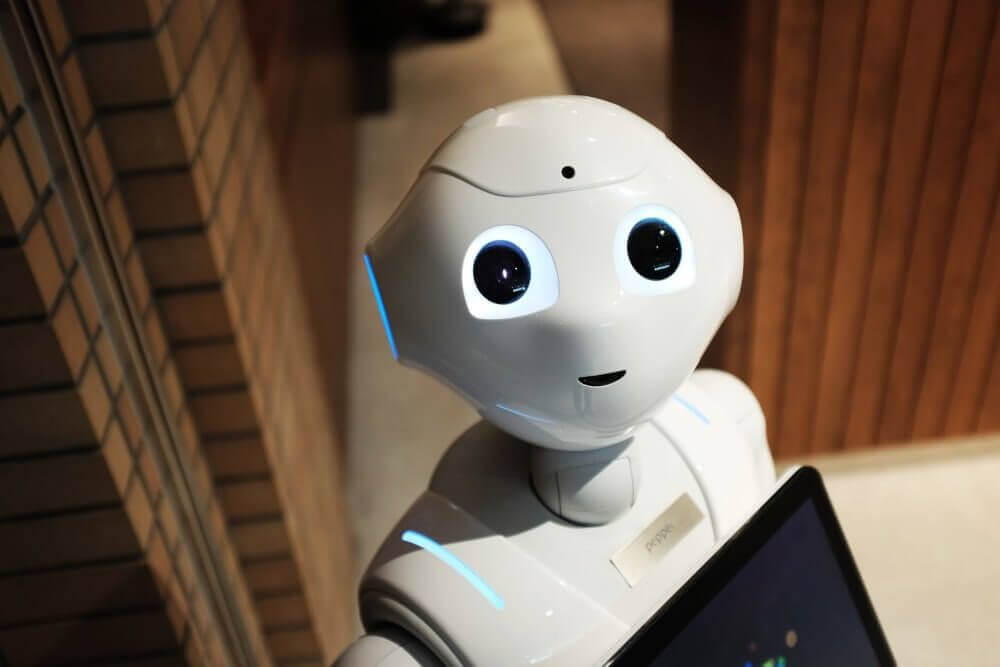Towards a sustainable economy
By adopting the SDGs, all member states of the United Nations declared their intention to work towards a sustainable future. The Netherlands also committed itself to achieving these goals, and the Ministry of Economic Affairs and Climate Policy has tasked Statistics Netherlands (CBS) with monitoring Dutch progress on the SDGs. The results are published annually in the Monitor of Well-being & the SDGs. In addition to the SDGs, the Netherlands has been working on a circular economy programme since 2016. In this programme, a number of knowledge institutions are collaborating with the aim of keeping resources in the chain for as long as possible, while minimising the negative impact on the environment. Under supervision of the Netherlands Environmental Assessment Agency (PBL), the goals of this programme are becoming increasingly concrete. CBS researcher Roel Delahaye: ‘A circular economy is a means to make the economy more sustainable, and in this sense it has direct links with the SDGs of the United Nations.Looking at the synergies
CBS has now looked in depth at how reporting on the circular economy can contribute to achieving the SDGs, and how the SDG reports can provide more information about the circular economy. Delahaye: ‘We have also looked at what we as CBS can say about the synergy between the SDGs and the targets of the circular economy programme. These targets can reinforce each other, but they can also counteract each other.’ The CBS report presents a number of indicators that reflect the link between SDGs and circular economy better. ‘It clearly shows that the transition to a circular economy affects the targets of various SDGs. For example: recycling, efficient resource use and substitution can be linked to several SDG indicators. This is also true the other way around: SDG indicators on waste and economic benefits are also relevant for the circular economy.’Preventing policy error
Judith Maas is director of SDG Nederland, a foundation that links all groups and organisations in the Netherlands involved in the SDGs. She likes the idea of linking the SDGs to indicators of the circular economy programme. ‘The SDGs constitute the only sustainability agenda that is all-inclusive and on which there is worldwide consensus. One of the good things about this agenda is the cohesion between the various topics. But this wide range is also what makes it difficult to tackle. In the Netherlands, central government has chosen to approach the SDGs on the basis of policy already in place. Our foundation would prefer the SDGs to be at the very forefront, i.e. the starting point for policymaking.’SDGs as a starting point
By starting out from the SDGs, says Maas, we can avoid taking wrong steps, for example where trying to achieve one goal results in obstacles to achieving another. ‘Say we go out and out for electric vehicles, but by doing so use up all the scarce lithium. If you take the SDGs as a starting point, you see the interconnections better and can take the negative policy side effects into account. The same is true for the circular economy. If you want to avoid mistakes there too, take the SDGs as your starting point.’
Valuable work
Policymaker André Rodenburg of the Ministry of Infrastructure and Water Management says that in practice, it is mainly the circular economy programme that drives sustainability policy. ‘This programme serves multiple purposes: it comprises economic, geopolitical, but also environmental targets. For example, a huge amount of soil in South America has to be dug up for one kilo of gold. CBS data show the effects of our policy here and now, but also the effects for people elsewhere and for future generations. That makes this work very valuable.’Price or environmental impact?
Rodenburg explains that within the circular economy programme, the ministry initially focused on businesses and resources themselves. ‘Now we have widened our scope, and are looking for example at how consumers choose when they buy a product. What do they take into account? Just the price? Or also the impact on the environment? In the short term we also want to reach schools and company employees. If we want to recycle and repair more products, people will have to learn new skills. Our ministry is also looking at whether – and if so how – we can make recycling compulsory in the construction industry. It is not always possible to use recycled materials, but a building as a whole can be recycled. In a new-build development, for example, you could build a school in such a way that it can later be converted to house older residents or become a nursing home.’Action perspective
Measuring the SDGs will be a long haul, stresses Rodenburg. ‘Essentially, in the next ten years we need to compile time series to see whether we are achieving what we want to achieve. And I would stress that we should continue to take the whole range into account: we are facing many new developments in the field of digitization, geopolitics etc. Together with the policy assessment agencies, CBS could work on future scenarios. This would give people an action perspective, helping them to see why certain sustainability measures are necessary and how their behaviour helps. This in turn could support policy.’Additional indicators
Within the circular economy programme both the present Dutch Cabinet and the approach of European Green Deal focus on the contribution to climate change. Like Rodenburg, Delahaye is in favour of a broad approach: ‘For example by adding the effects on health. But also by further quantifying the effects of the SDGs on the targets of the circular economy programme, and vice versa. We hope this will spark the interest of policymakers, so that funding can be freed up to work out our proposals further.’from All news items https://ift.tt/xPLW2sE
https://ift.tt/XLMmo5u












No comments:
Post a Comment